In the rapidly evolving landscape of the real estate industry, staying ahead necessitates innovative marketing strategies. The advent of 3D rendering has emerged as a game-changer, offering a sophisticated medium for showcasing properties with unparalleled detail and realism. This shift from traditional 2D designs to the realm of 3D modeling technology profoundly influences how customers perceive and evaluate real estate.
Understanding 3D Rendering: A Detailed Vision
Three-dimensional (3D) rendering involves leveraging advanced technology to create highly detailed property images. By utilizing 3D modeling software, architects and engineers can develop intricate architectural models, providing viewers with a comprehensive understanding of a building's structure in its surrounding context. Beyond visual representation, 3D rendering allows for digital additions to a space, facilitating architects and engineers in evaluating proposed designs.
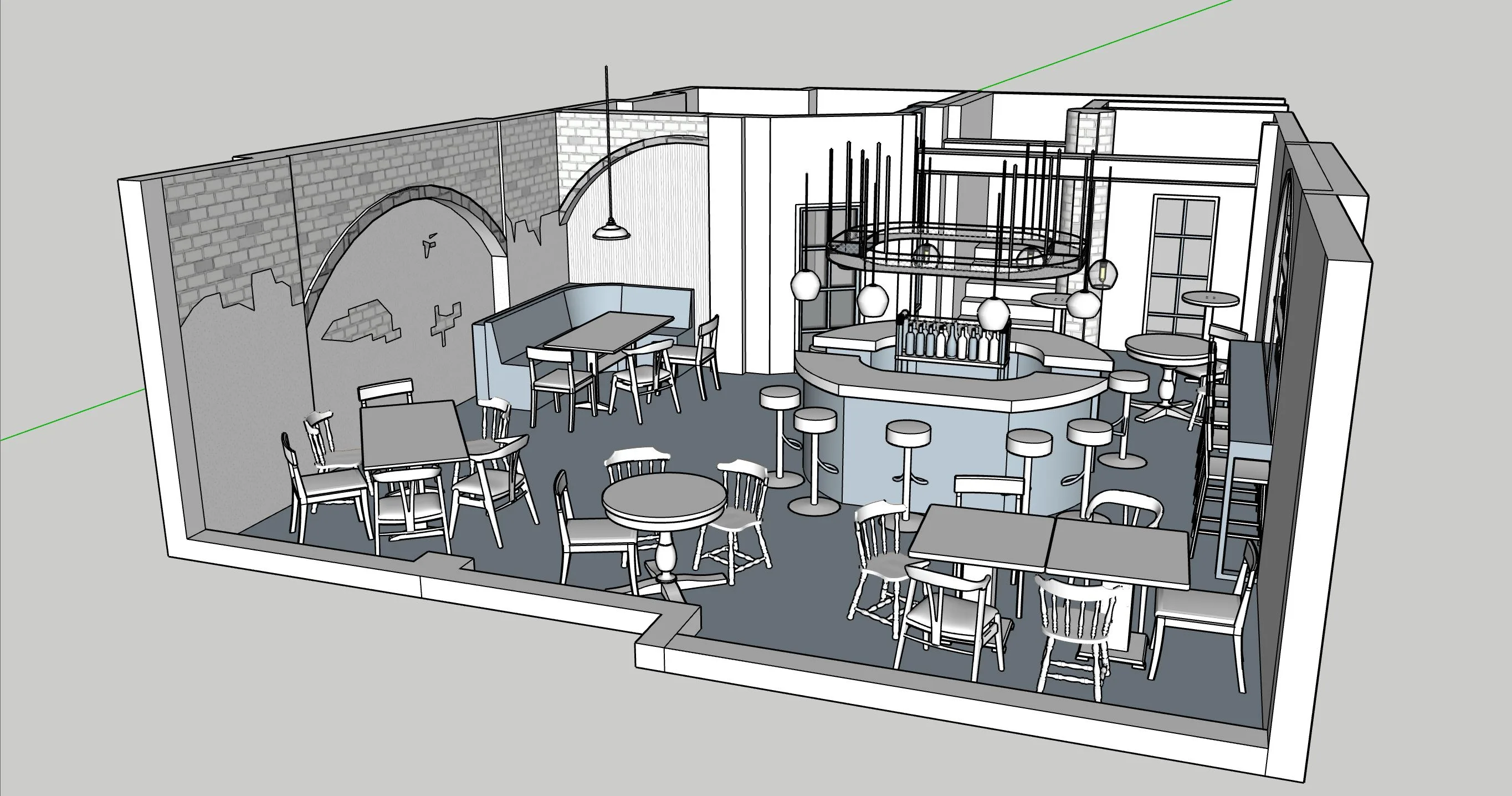
Bridging Constructional Gaps: 9 Benefits of 3D Rendering
1. Constructional Benefits: 3D rendering creates photorealistic models, aiding engineers in identifying errors in the proposed construction. This not only saves time and costs but also enhances the visual appeal of architectural representations.
2. Easy Modifications: Unlike 2D models, 3D renderings allow seamless modifications to suit stakeholders' requirements without the need for extensive redesigning.
3. Interior/Exterior Design Enhancement: 3D rendering elevates interior and exterior design possibilities, enabling the creation of multiple design options for furniture, decor, gardens, and more.
4. Representation of Facilities: Highlighting facilities in the vicinity through 3D rendering enhances property marketability by emphasizing accessibility and proximity to essential services.
5. Alternative to Virtual Staging: Unlike virtual staging, 3D rendering offers a realistic representation of an existing property, making it a more professional and effective marketing tool.
6. Pricing Luxury Properties: 3D visualization justifies the pricing of luxury properties by showcasing real value, amenities, and allowing for an accurate cost estimate.
7. Excellent Marketing Tool: 3D rendering broadens the scope of marketing by enabling the promotion of projects still in progress, attracting a larger target audience through online platforms.
8. Timely Sale of Property: Highlighting the best features using 3D rendering helps attract potential buyers promptly, preventing extended periods on the market.
9. Cost-Effective Marketing: As an online-friendly marketing tool, 3D rendering proves cost-effective compared to traditional methods, offering a one-time investment for a reusable asset.
Recent Development of 3d Rendering
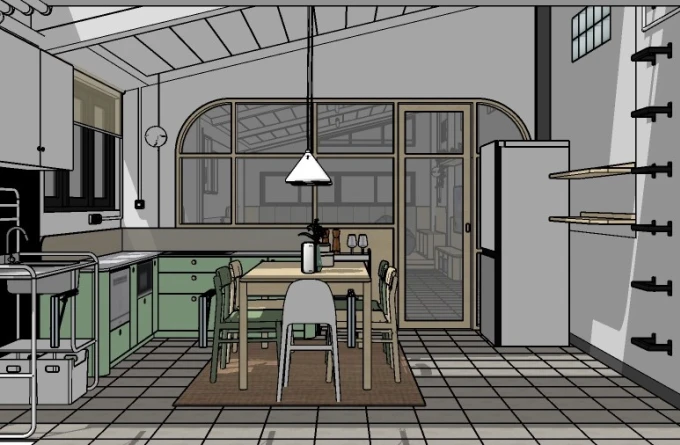
● Adobe Inc. launched a tool called Project Sunrise. This tool helps the marketing teams generate fresh variations of images from 3-dimensional models of products like kitchen gadgets, furniture and shoes. All these factors are helping the organization expand its market share in the 3D Rendering market.
● Chaos, an organization offering photorealistic rendering technology, merged with Enscape, a German organization developing real-time rendering and workflow design. The merger is to become the global leader in 3D visualization and design workflow technology. The merger kept the name Chaos, focusing on building a full spectrum portfolio of computer graphics and visualization for Visual Effects (VFX), Architecture, Engineering and Construction (AEC) and Product Design and verticals. It is helping the organization gain market share.
● Dassault Systèmes launched two new software packages on its platform called 3DEXPERIENCE. The software provides the learners and makers with cloud-based access to the organization’s engineering and digital design environments. Thus helping them in 3D designing applications for engineering, etc. The strategy helps the organization grow in the market.
Market potential of 3d rendering
As per, the brainyinsights.com, the global 3D Rendering market was valued at USD 3.11 Billion in 2022 and growing at a CAGR of 27.67% from 2023 to 2032. The market is expected to reach USD 34.57 Billion by 2032. This market is growing as it has become the staple of 3D art. 3D visualization is broadly used in everything from designing video games and mapping space to building buildings one lives in. 3D rendering is a procedure to convert the 3D models into 2-dimensional images that can be completely adaptable generally by designated rendering software. Alternative software is also used in many applications based on types of 3D rendering. This rendering can be non-photorealistic or photorealistic based on the application and purpose. The artist creates the model in 3D, makes the custom shading and lighting, and gives the desired angles. Then, the model is rendered in a two-dimensional image.
As per Global Market Insights, the 3d Rendering market size surpassed 3 Billion in 2022 and is projected to expand more than 20% CAGR from 2023 to 2032, driven by the soaring demand of Business Information Modelling across the construction industry.
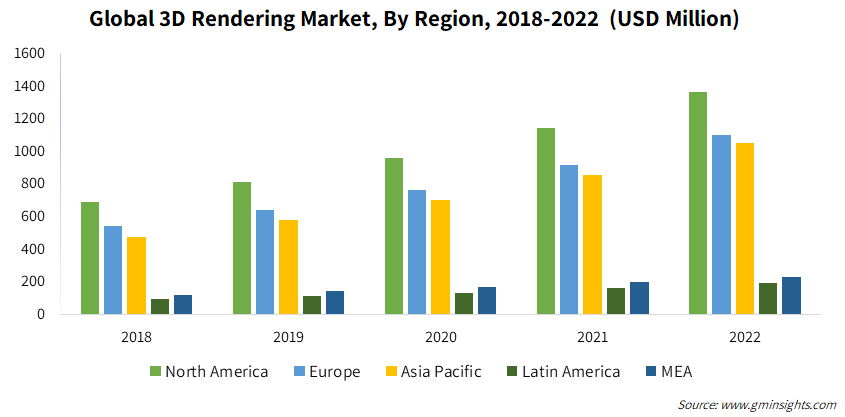
3D Rendering Software Market Segmentation Analysis
As pe/exactitudeconsultancy.com/report,the global 3D Rendering Software Market is divided into three segments: Offering, type and region. Offering is divided as Software, Services. Software holds the largest market share. Offerings in the 3D rendering software market are usually divided into two categories: software and services. Of the two categories, the software segment holds the largest market share and makes up a significant portion of the market. This dominance can be linked to the essential function that 3D rendering software performs in producing realistic and aesthetically appealing three-dimensional visuals for a variety of industries. This market offers a wide range of software solutions, from entry-level rendering tools to feature-rich, sophisticated suites that support a variety of user requirements, including product design, gaming graphics, film production, and architectural visualization.
Conclusion
In conclusion, 3D rendering introduces an element of futurism to the real estate and marketing industries, enhancing aesthetic appeal and streamlining pre-sales marketing efforts. This technology acts as a garnish, elevating the visualization of building premises and contributing to the overall success of marketing strategies in the dynamic real estate market.
Images- fiverr.com, meubelstockmarkt, sgodleyarchitects.com

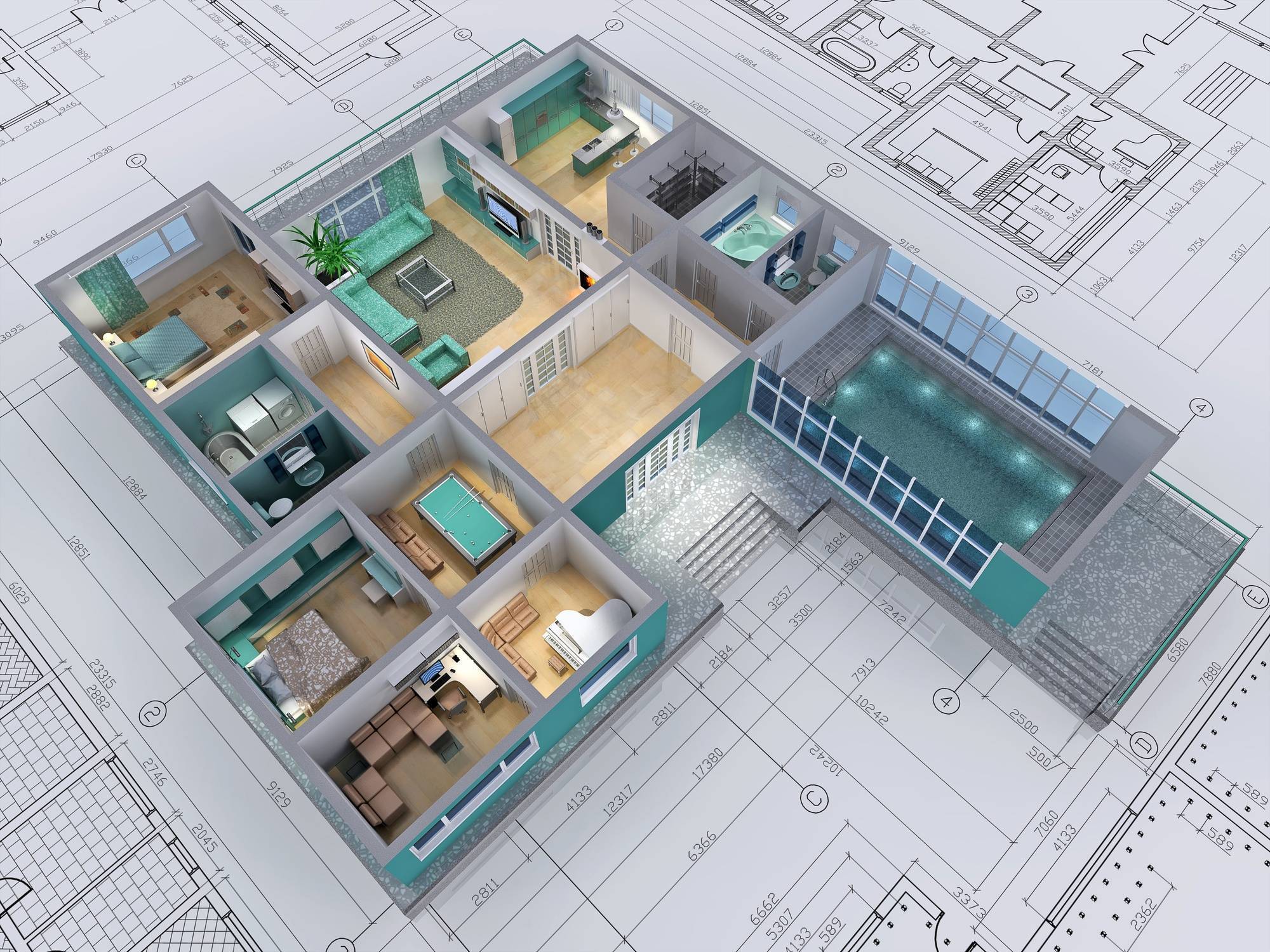





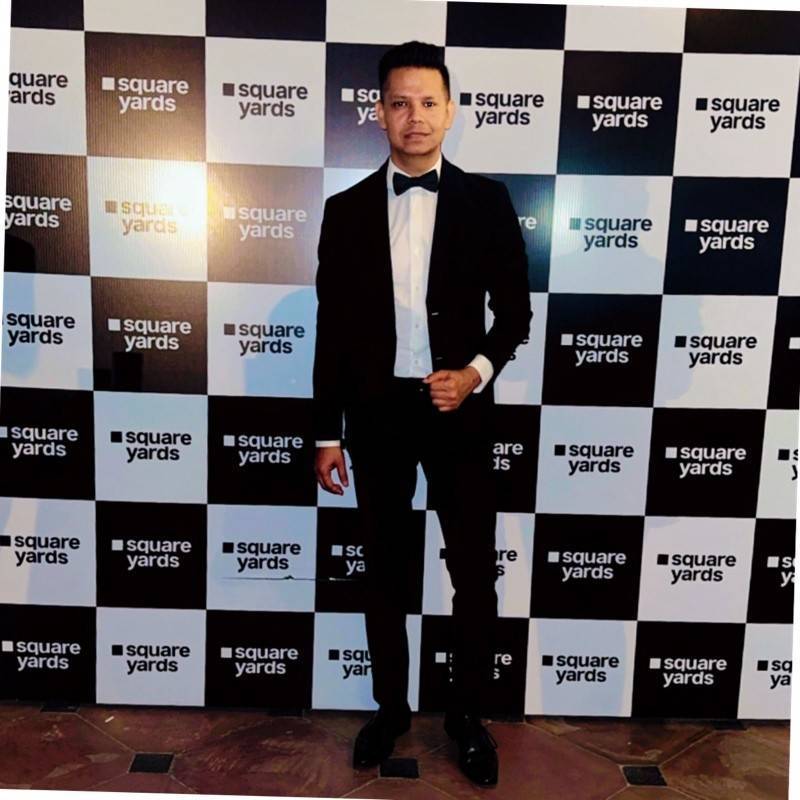

.png)